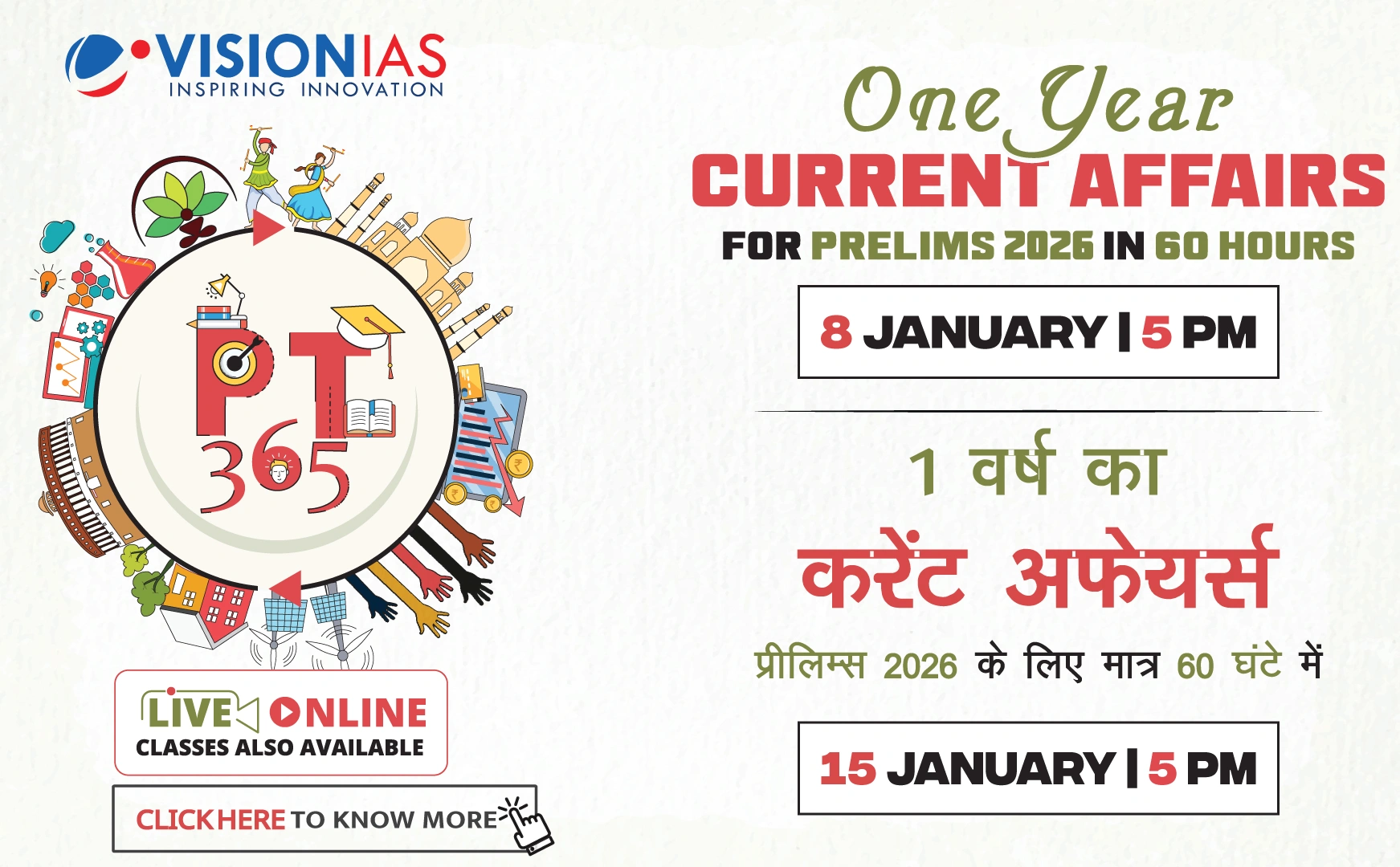GST System Reforms
The central government has proposed significant reforms to the Goods and Services Tax (GST) system, aiming to benefit the middle class and the business community.
Tax Rate Adjustments
- Shift 99% of items in the 12% slab to a 5% tax rate.
- Move 90% of items in the 28% slab to 18%.
These changes are expected to greatly reduce the tax burden on consumers.
Rationalization of Tax Slabs
- Reducing the number of tax slabs and aligning similar products within the same slab to reduce ambiguity and litigation.
Procedural Reforms
- Focus on simplifying registration, return filing, and speeding up refunds.
- Aim to make the GST system easier and less time-consuming for taxpayers.
Impact on Revenue
- The Reserve Bank of India earlier estimated the average GST rate at 11.6%, which is expected to decrease significantly.
- Anticipated that increased consumption and a broader tax base will offset revenue loss.
Economic and Political Implications
- Potential boost to domestic consumption amidst weakening export demand.
- State governments may react to potential revenue loss by lobbying for a higher share of central taxes.
- It is unlikely that petroleum products will be included in the GST soon due to these tax cuts.
- State governments may pressure the Centre for compensation.
Future Outlook
The center plans to engage with state governments to address their concerns, emphasizing the need for cooperation and mutual understanding.



